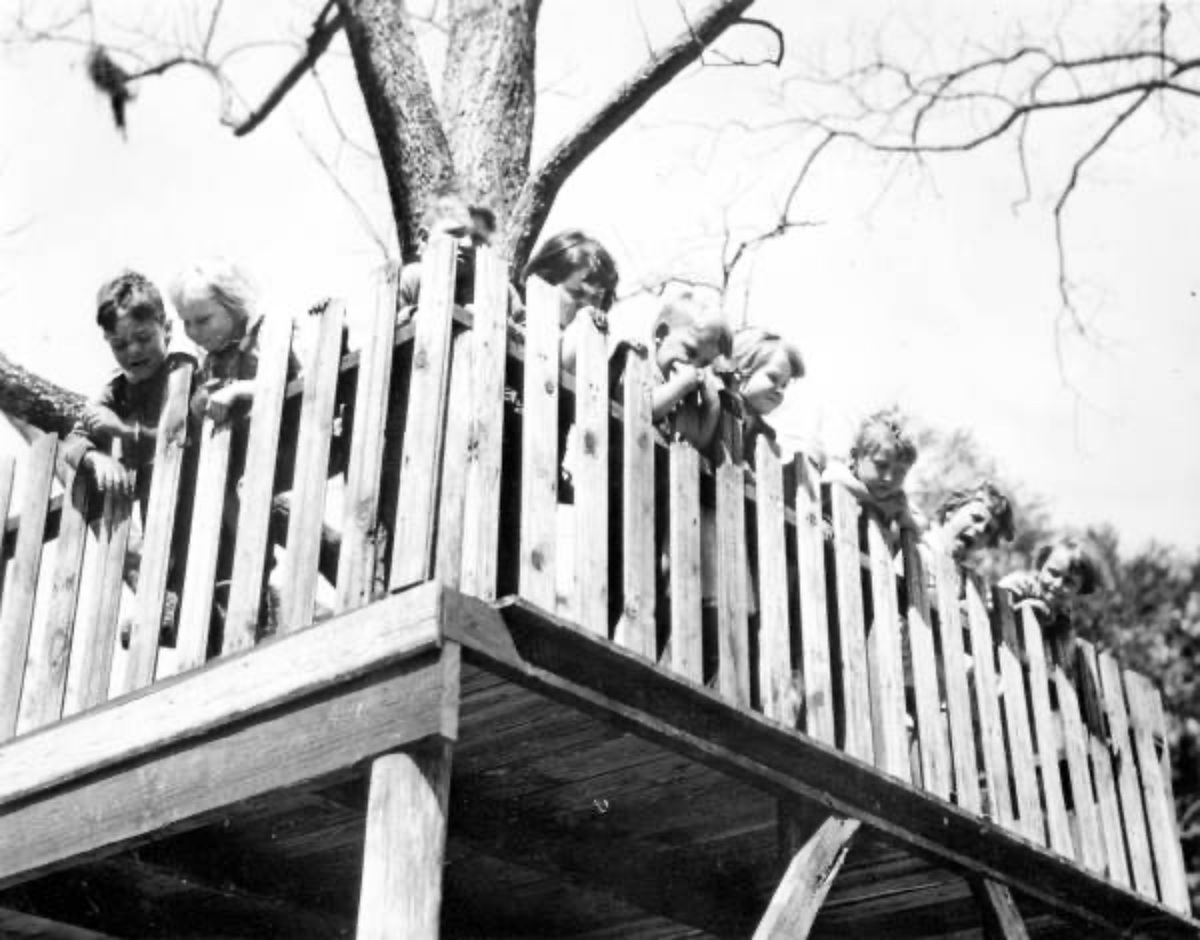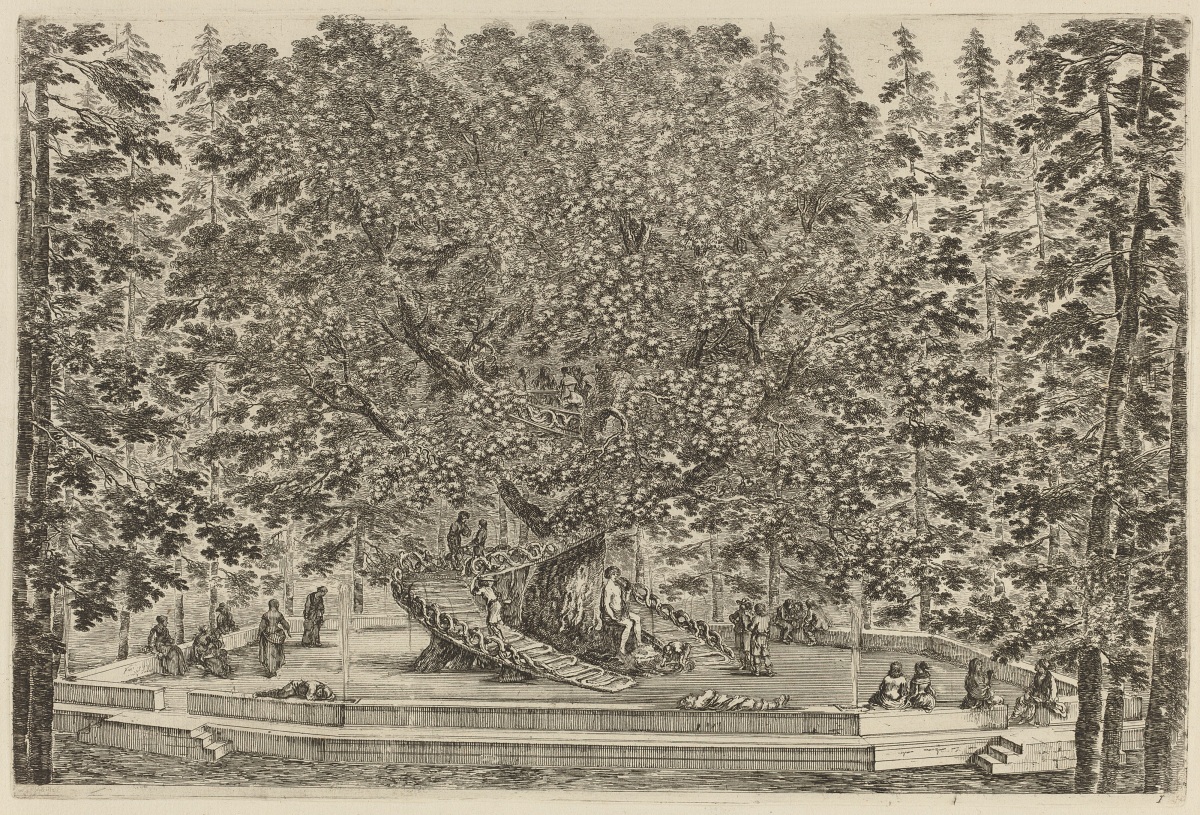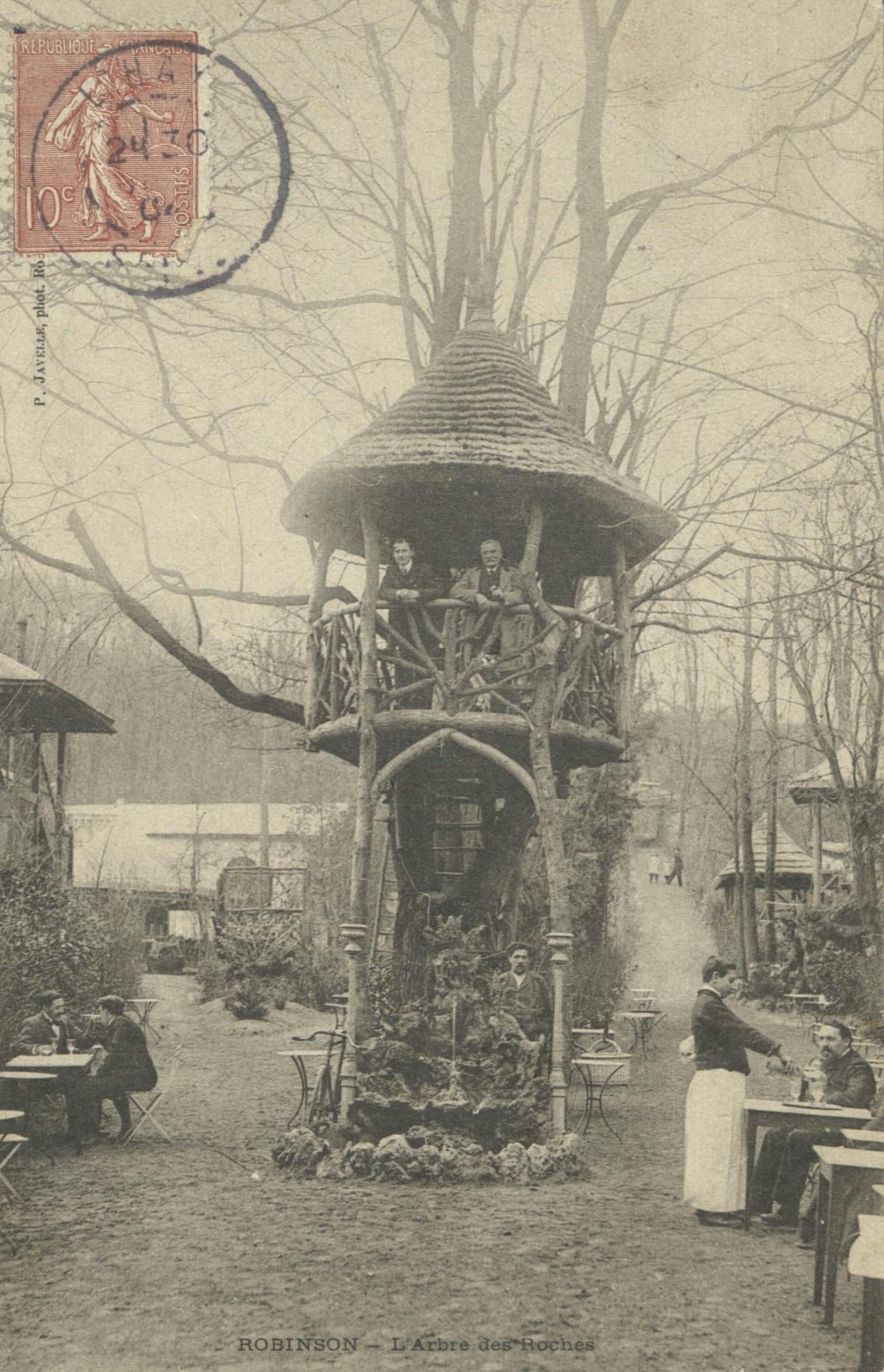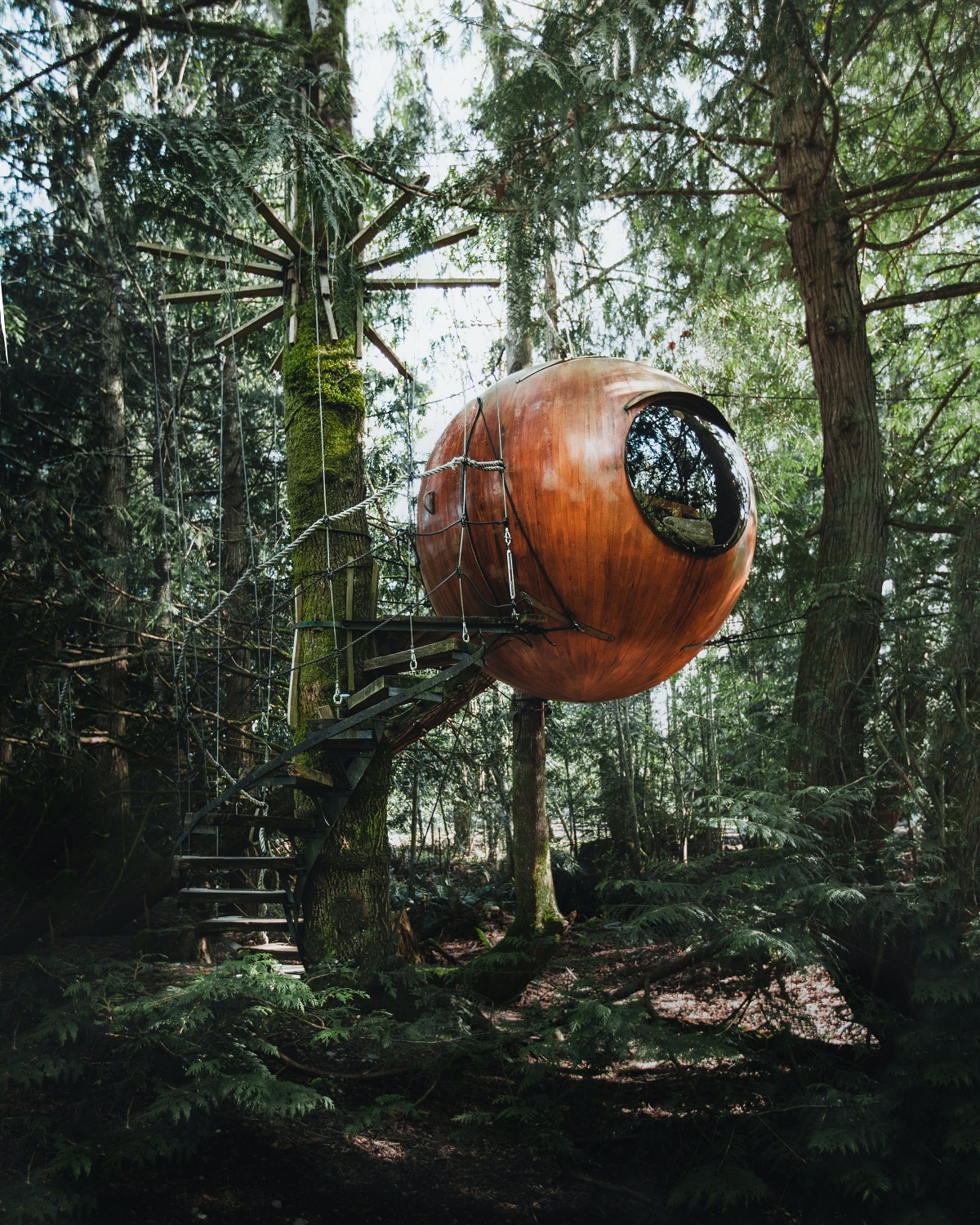The Many Ways Treehouses Have Been Used Throughout History
From quaint to luxurious, they’ve all got one thing in common.
Treehouses today are often regarded as expensive play huts, and indeed this purpose has been a function of these fabulous forest hideouts for some now. But, there are many other ways that shelters built into trees have been used, from the utilitarian to the ultra-lux conceits of the wealthy. Let’s take a look at some of the uses that these fun buildings have had over the centuries.

The treehouse as a place to play is a fun memory for many of us. But, huts built into trees have a number of advantages, such as being able to see far off into the distance or protect from floods and animals. One of the earliest treehouses to be written about was that of the 1st century Roman Emperor, Caligula, who called the multi-story reception hall built into a tree his “nest”.
The oldest known treehouse still standing today is the Pitchford Estate Tree House in Shropshire, England. It dates to at least 1692 and features Tudor style construction and glass windows. From this elegant treehouse a young Queen Victoria watched a fox hunt in 1832, but it’s unclear how many ways it might have been used in the past or even why it was built. Follies of small stature were not uncommon on English estates as they signaled one’s wealth and also gave landowners a chance to further display their tastes.
Restoration work starting on the West side of #PitchfordTreehouse The side that gets the most weather! #limeplaster supplied from Wenlock Edge in #Shropshire pic.twitter.com/PT6SS16lhK
— Pitchford Estate (@PitchfordEstate) April 25, 2022
The Medici family in Italy, one of the most powerful clans of the Renaissance, were said to have built a treehouse out of marble.
Not surprisingly few treehouses survive over long periods since the trees grow, change, and die. Plus their small size means that in many cases they can simply be forgotten about completely and left to rot.

Treehouses were also used as bars in Paris during the Belle Époque era. The enduring and worldwide popularity of Robinson Crusoe (published in 1719) made tree houses very chic places to hang out. At these playful huts, called “Les Guinguettes de Robinson”, artists and writers would while away the hours drinking wine and enjoying the view. Guingnuette was a popular, sour, white wine and outdoor events where this drink was consumed took on the same name. By extension treehouses made the perfect outdoor escape for Parisians.

While the humble children’s treehouse is still quite common, there is also a growing selection of Airbnbs that are also treehouses as well. The ever-broadening search for novel vacations and unique tourist attractions has made them a relaxing place to enjoy nature with a view. But, don’t expect a marble floor like the Medicis- or even running water for that matter.

SKM: below-content placeholderWhizzco for DOT

